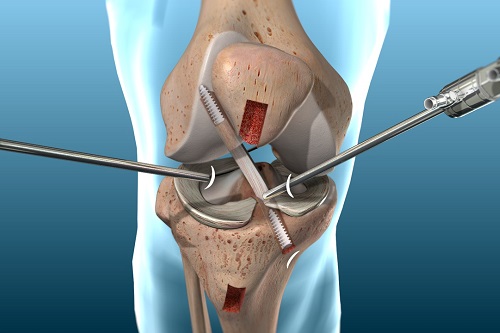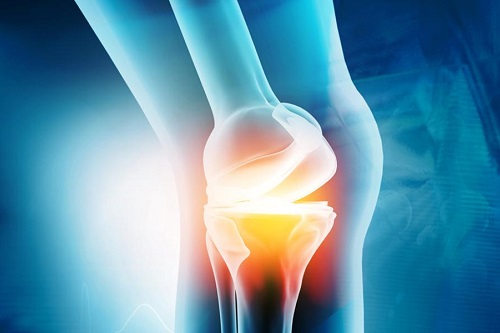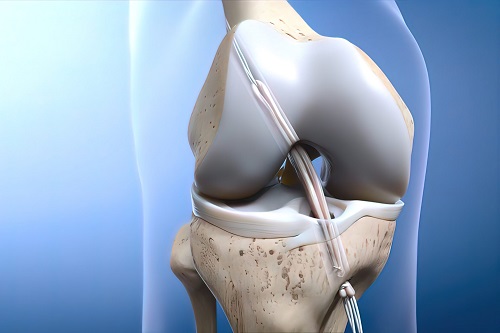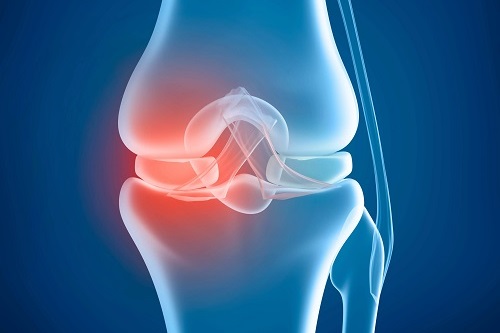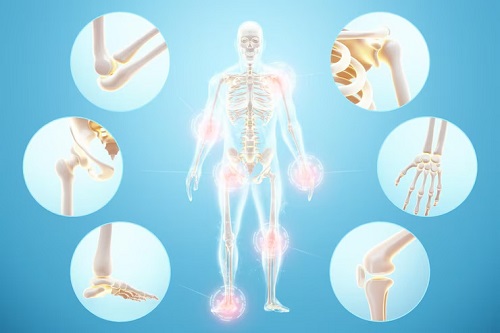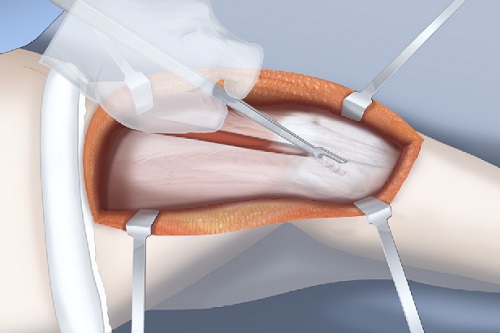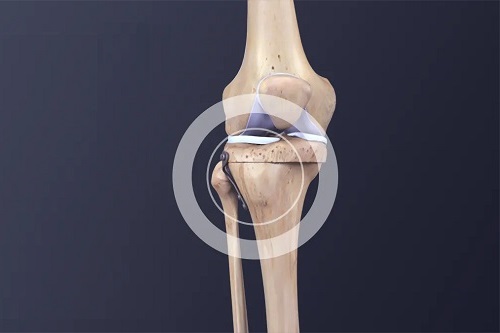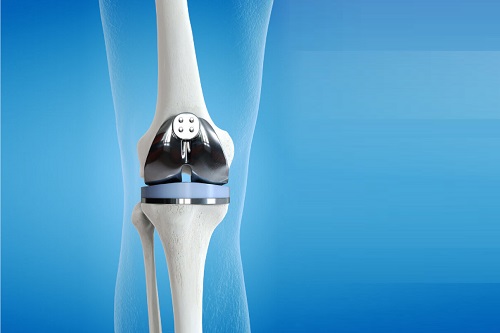Our Treatments
ACL reconstruction surgery involves reconstructing the ligament at the center of the knee, known as the anterior cruciate ligament (ACL), which connects the shin bone (tibia) to the thigh bone (femur).
Meniscus surgery, a prevalent procedure, aims to address torn cartilage in the knee, known as the meniscus.
Ligaments serve as connective tissue bands that link bones together, providing stability to joints.
Cartilage repair surgery aims to create durable cartilage-like tissue around damaged joints where cartilage has deteriorated.
Loose bodies refer to small fragments of bone or cartilage that become detached within the body, leading to potential joint interference or obstruction.
The patella, or kneecap, is a small bone that shields the knee joint, positioned in front of the knee within the trochlear groove where the femur and tibia meet.
Osteotomy is a surgical intervention designed to alleviate stress on a damaged joint by reshaping and repositioning a bone near the affected area. Often recommended as part of osteoarthritis therapy, this procedure aims to redistribute weight away from damaged cartilage towards healthier regions.
Knee replacement surgery, also known as knee arthroplasty, involves replacing damaged portions of the knee joint with artificial components made of metal and plastic. This procedure aims to restore function and alleviate pain in individuals with severe knee joint damage.
When your upper arm bone slips out of the rounded socket in your shoulder, it’s known as a dislocated shoulder. Given that the shoulder has the widest range of motion of any joint in the body, it’s particularly susceptible to dislocation.
The repair of a shoulder labral tear is typically a one-hour outpatient surgery. Our orthopedic surgeons, who are fellowship-trained and recognized internationally, usually opt for arthroscopic surgery, or arthroscopy. This technique involves making three to four small cuts rather than a single large one, promoting quicker healing and recovery.
While physiotherapy successfully treats most cases of frozen shoulder, there are instances where it, along with other non-surgical treatments, might not provide relief. In such situations, surgical intervention may be necessary.
If nonsurgical treatments fail to alleviate the pain from a torn rotator cuff, your doctor might recommend surgery as the next step. The primary reason for considering surgery is persistent pain.
This surgical intervention is usually reserved for cases of significant damage. For milder injuries, alternative, less invasive treatments are preferred. ACJ reconstruction is a routine surgery known for its positive outcomes over the long haul.
Rotator cuff problems: This may involve tears in the tendon or its detachment from the arm bone.
Shoulder instability: This occurs when the shoulder joint becomes loose.
Shoulder impingement: This condition involves bone spurs or inflamed tissues hindering shoulder movement.
Biceps tenodesis is a surgical intervention employed to address tears in the biceps tendon resulting from injury or repetitive strain.
A reverse total shoulder replacement is a unique surgical procedure aimed at addressing shoulder issues. During this surgery, the surgeon removes damaged components of the shoulder and substitutes them with artificial counterparts.
Not Sure What You Need?
Simply give us a call and book an appointment for yourself. We are here to help.
Walk into our clinic and let us take a closer look to suggest the best treatment you need.

